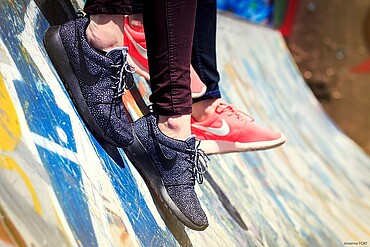Abstract
Even after the sweatshop scandals of the 1990s, Nike has been one of the biggest and most recognizable names in the sporting goods industry. In 2018, the firm boasted 73,100 workers in 1,182 retail stores worldwide, on the back of successful endorsements and brand ambassadors such as Michael Jordan, Mia Hamm and Tiger Woods. In 2017, Nike instituted a bold new strategy, 'Triple Double: 2x Innovation, 2x Speed, and 2x Direct', to drive innovation and create more stylish, more immediately available apparel for customers' every wardrobe need, creating the expectation of 'must-have' style. However, Nike had been slow to react to the rise of the 'Athleisure-wear' industry at the turn of the millennium, losing customers to brands like Lululemon, Athleta, Fabletics and others who offered women apparel for both sport and leisure activities. Non-athletic companies like Target, Amazon, and luxury brand such as Tory Burch also entered the scene, further complicating Nike's competitive landscape. Nike's lack of diversity in mid-upper management and its sheer size led to scandals such as the #MeToo Movement and Colin Kaepernick, which hindered the firm's ability in preventing competitors eating away at their market share.
Citation Note
Based on desk research; 14 pages.
Follow the 'handle' link to access the Case Study on RePub.
For EUR staff members: the Teaching Note is available on request, you can contact us at rsm.nl/cdc/contact/
For external users: follow the link to purchase the Case Study and the Teaching Note.
